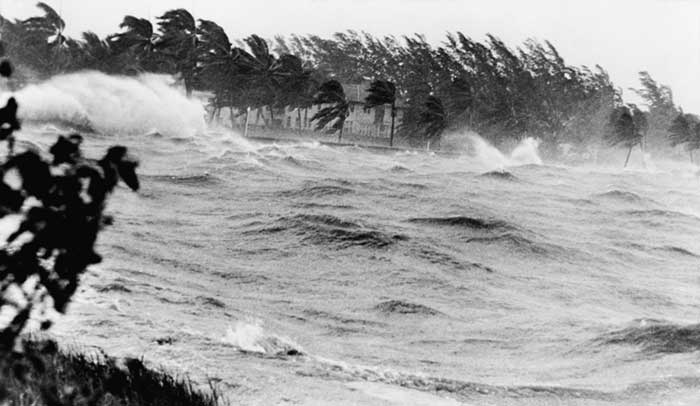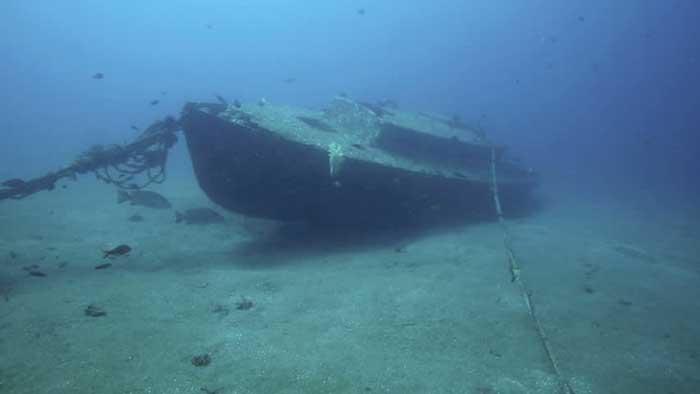Hurricanes in the Gulf move bottom structure and sand on the Ocean Floor
Fishing spots gone missing in the Gulf. Major Hurricanes such as Hurricane Irma and Hurricane Michael have a massive impact on our oceans and bays. Are your favorite fishing spots or bottom structure missing? Fishing spots, structure, hard bottom, natural bottom and limestone ledges get covered with sand, and wrecks get destroyed or moved thanks to Hurricane Irma, Micheal and others as well to be fair. Those fishing spots were there for sure, you caught fish on them, last month.. now they’re gone after the storm has passed. If you think you’re missing fishing spots after a storm, you’re not crazy, quite a few of ours are missing as well, but many have started to “show up” again. Here’s why your fishing spots have gone missing, read on..
Although bottom structure and other types of fishing spots on the Gulf of Mexico’s ocean floor may be scattered, moved or broken to pieces, most small ledges and hard bottom areas are simply covered with sand and will uncover again. As mentioned, many of our bottom fishing spots were missing but as of Summer 2018 most have returned to normal with the exception of a few wrecks that were misplaced by Hurricane Irma. This is called “sanding” and it happens in the Gulf (and other places) when Hurricanes sweep through an area and move sand across the ocean floor or sea bed. In addition to sanding, large and older weak structures like old wrecks can be destroyed during a Hurricane or roll across the sea bed and relocate, but usually broken up during the ride. It varies depending on depth of the structure and the length of time the Hurricane lingered in that area. All of which is a wild card as with most things associated with mother nature.
The natural ebb and flow of the Gulf will work its magic through time and most of the natural bottom type of fishing spots will once again become fishable. These spots will uncover, gather bait and hold Grouper and Snapper, Amberjack and other fish once again. Below, this sunken 45 ft. Sail Boat moved over a mile from its original position. A small example of what can happen. It’s a world wonder that this small wreck wasn’t broken to pieces and apparently “slid along the bottom” as opposed to toppling over as Hurricane Irma pounded the Gulf coast in 2017.
This “Sanding” over of fishing spots and ledges or structure has been going on for years, long before we were around and it’s perfectly natural after a Hurricane or even a good size tropical storm. Commercial fishermen and charter boat guides in the Florida Gulf had to face serious changes in their fishing habits after Hurricane Irma. Many fishermen found their favorite and trusted fishing spots were covered with sand as they started to recover and start running trips again a few weeks after the storm.
Fishing locations from Naples to Pensacola Florida and all areas in between were affected by the massive surge of Irma. A storm of this size with such a large surge of this magnitude can literally drain Tampa Bay and it did exactly that in some parts of the bay. In the Bahamas, bays drained nearly dry and wildlife suffered from the reverse surge impact as Irma swept by. So, you can Imagine the amounts of sand it can move around on the sea bed here in the relatively shallow water shelf in the Gulf of Mexico, and parts of the Atlantic for that matter.. Irma was a very strong storm and could literally move mountains underwater with seas over 25 feet in many places. That is a dire and serious situation. We all hope it’s another 100 years before we see another Hurricane destroy the ocean floor, homes, the ecosystem and all connected impact from such a beast like Irma, as if Matthew wasn’t bad enough.
In the photo above, sanding has occurred, but the structure is beginning to show once again. We hope this missing fishing spots article brings some knowledge to fishermen who don’t understand it and we intend to shed more light on this and other ocean floor subjects moving forward. If you have any questions about this article or sanding, please contact Dana King at our offices. Email gpsfishingmaps@gmail.com and thanks for reading.




